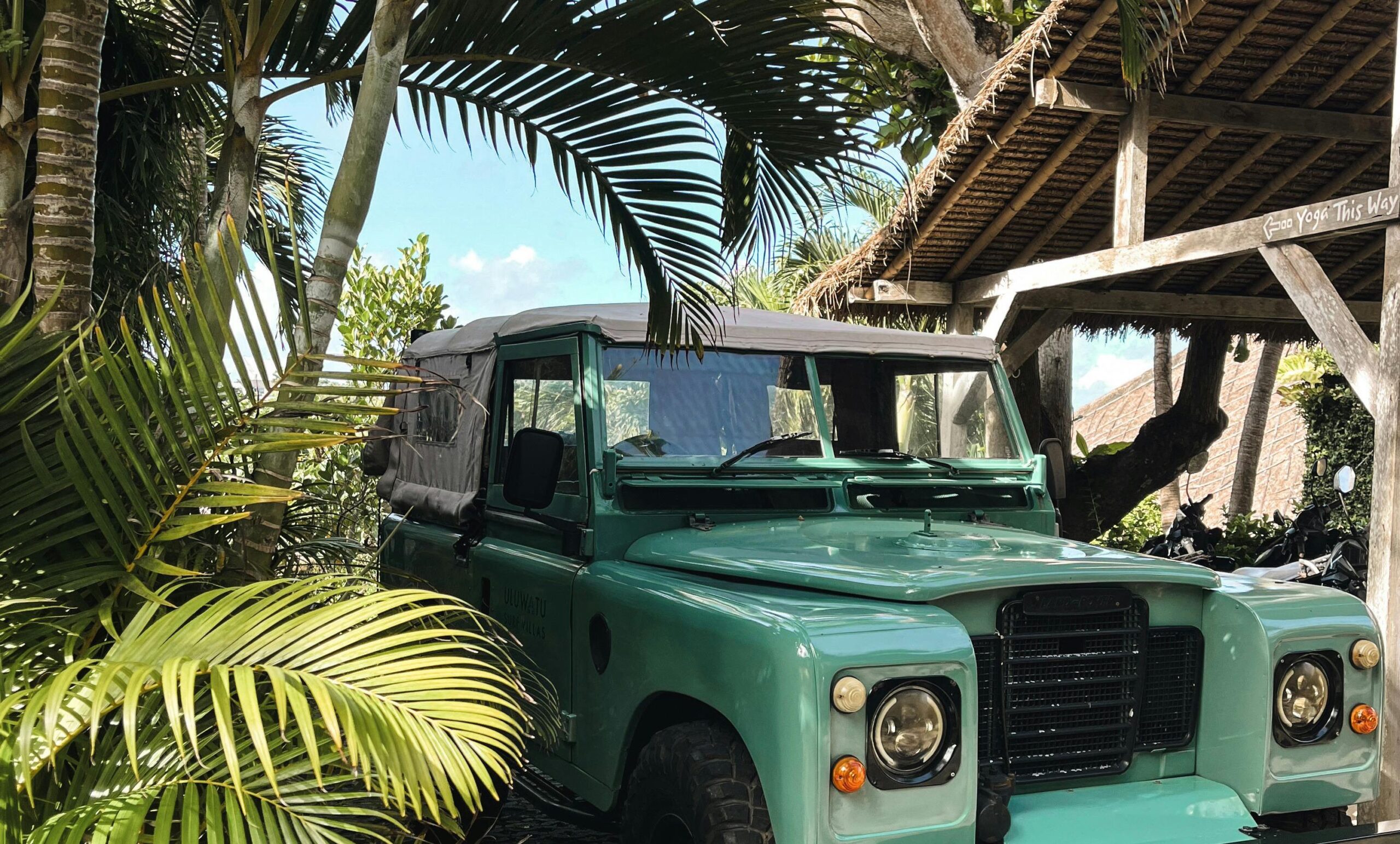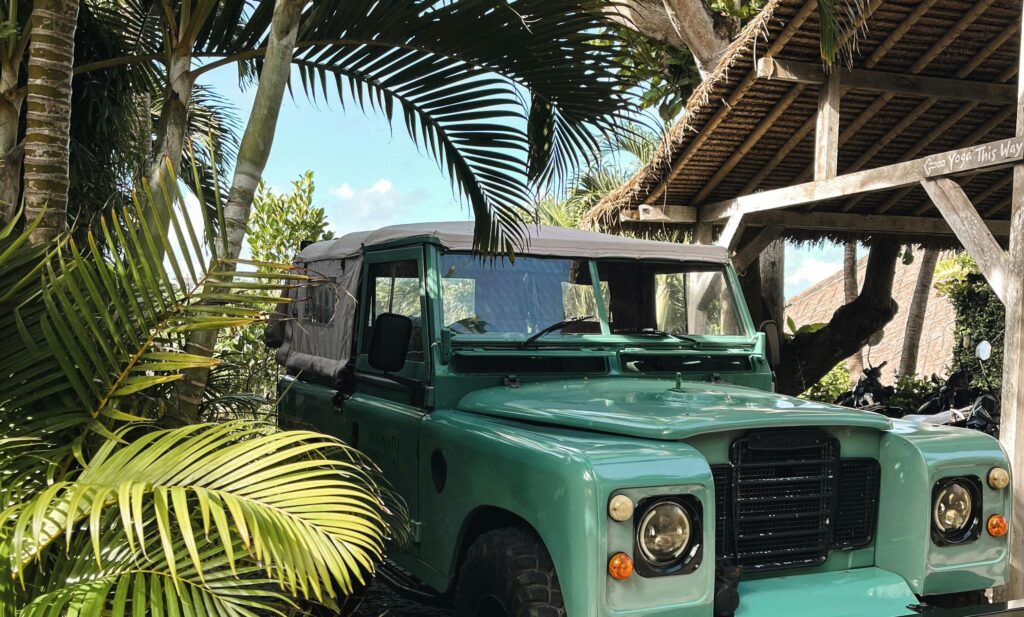
¿Puedo negociar el precio de un auto en Costa Rica?
How to negotiate a better price on a car in Costa Rica
Negotiating a better deal on a car purchase in Costa Rica is possible. Negotiating successfully involves preparation, strategy, and communication skills. Here are the recommended steps to successfully negotiate a better deal on a new or used car in Costa Rica:
1. Do Your Research
Determine What Is Needed in a Car
Before you begin to narrow down makes and models, determine which features are important and which would be nice to have. Create a written list of requirements. For example, if you have not learned to drive a manual transmission, then add automatic transmission to your list of requirements. If you drive through a mountainous area of Costa Rica often, then 4 wheel drive should be a requirement or downhill assistance. If your family is large, then a 7 passenger vehicle may be needed.
Find Car Models that Fit
Make a list of up to 5 car models that match the requirements in your list. Use a website with advanced search features like PuraAutos.com that enable you to easily find suitable car models. If it is difficult to find cars having all your requirements, then remove the least important requirement from your search criteria until you find cars in search results.
Know the Market Value
Research the average price of the car you’re interested in considering factors like make, model, year, mileage, and condition. PuraAutos.com makes this easy with their Libro Azul de Costa Rica where you will find average prices, minimum prices and maximum prices for models by year, feature and trim package. For example,
2. Set Your Price and Stick to It
Determine Your Price

Decide on the maximum amount you’re willing to spend. A goal to purchase a car with cash provides you with clarity in this determination. Purchasing a car with cash avoids debt on a depreciating asset, which usually increases the cost of car ownership in the long term. For example, if you have saved ¢10,000,000, then you should not consider buying a car that cost more than ¢10,000,000. Everyone has unique circumstances to consider, but a general guide in determining how much to spend on a car is to not pay for a car that costs more than half of your annual income. For example, even if you have saved ¢10,000,000 but your annual income is ¢10,000,000, then you should not pay more than ¢5,000,000 for a car which is half of ¢10,000,000. Following these guidelines will keep the cost of a car lowest and provide you with financial safety.
Consider Total Cost of Ownership
Think about factors that contribute to the overall cost of ownership of a vehicle. There are two costs every car on Costa Rican road must pay. Dekra is an annual inspection that can involve repairs cited to keep the car in working order. Marchamo is an annual tax that provides basic insurance coverage that must be paid between November through December to avoid additional fines.
There are other factors to consider in the cost of ownership of a vehicle. Cars achieve varying efficiencies of fuel. For example, the same model may be available in diesel, unleaded and electric options where each fuel has a different efficiency and cost. To predict your fuel cost you may assume the average a car in Costa Rica is driven 12,000 kilometers or 7,500 miles per year. Also, the required tires for a car can be more or less expensive than others.
3. Timing and Approach
Choose the Right Time
When dealing with dealerships they may offer better deals at the end of the month, quarter, or year when they need to meet sales targets. End-of-model-year sales are also a good opportunity. This is when the next model of the same vehicle is coming, so dealerships need to make room by discounting the previous year.
Negotiate with 3 or More Sellers
Obtain the best price from at least three different sellers. Having this gives you leverage in negotiations between the sellers. In those negotiations where a seller has a higher price point you may mention the lower price of another similar model. This may prompt the seller to match or better the price of the alternative.
Get an Inspection
Ask the seller if you can have the car inspected by a certified mechanic. If the inspection cites any issues, then consider asking for a reduction in price that matches the cost of the repair.
4. At the Dealership
Be Polite but Firm
Build a rapport with the salesperson but be clear about your budget and needs. Do not change your mind about the research you have already done.
Negotiate Price, Not Payments
Focus on negotiating the total price of the car rather than the monthly payment if financing is involved. Dealers may try to make a deal look better by extending the loan term. Do not do this, because you will spend more money in the long term than you budgeted.
Trade-In Tactics
Negotiate your trade-in separately from the purchase of the new car. Know the value of your trade-in beforehand. Use the Libro Azul de Costa Rica available from free from PuraAutos.com to determine the value of your trade-in.
5. Negotiation Techniques
Make the First Offer
Start with a lower offer than your target price, giving yourself room to negotiate.
Be Prepared to Walk Away
If the seller isn’t meeting your needs, then leave. Your commitment to lead can oftentimes lead you to receive a better offer.
Use Competing Quotes
Leverage data from the Libro Azul de Costa Rica and prices from other sellers to pursue a better deal.
Ask About Incentives
Inquire about any available rebates, discounts, or financing offers. For a used car being sold by a seller with an auto shop you can ask about repairs or upgrades to be included.
6. Finalizing the Deal
Read the Contract Carefully
Ensure all terms, including price, fees, and any promises made, are written in the contract.
Avoid Add-Ons
Dealers may try to sell you extras like extended warranties, rust proofing, or fabric protection. Decide in advance if you need these and negotiate their prices separately.
7. After the Purchase
Get Everything in Writing
Ensure all aspects of the deal, especially any verbal agreements, are documented.
Review the Loan Terms
If financing through the dealer, review the loan terms to ensure they match what you agreed upon.
By following these steps, you can increase your chances of negotiating a better deal on your car purchase.